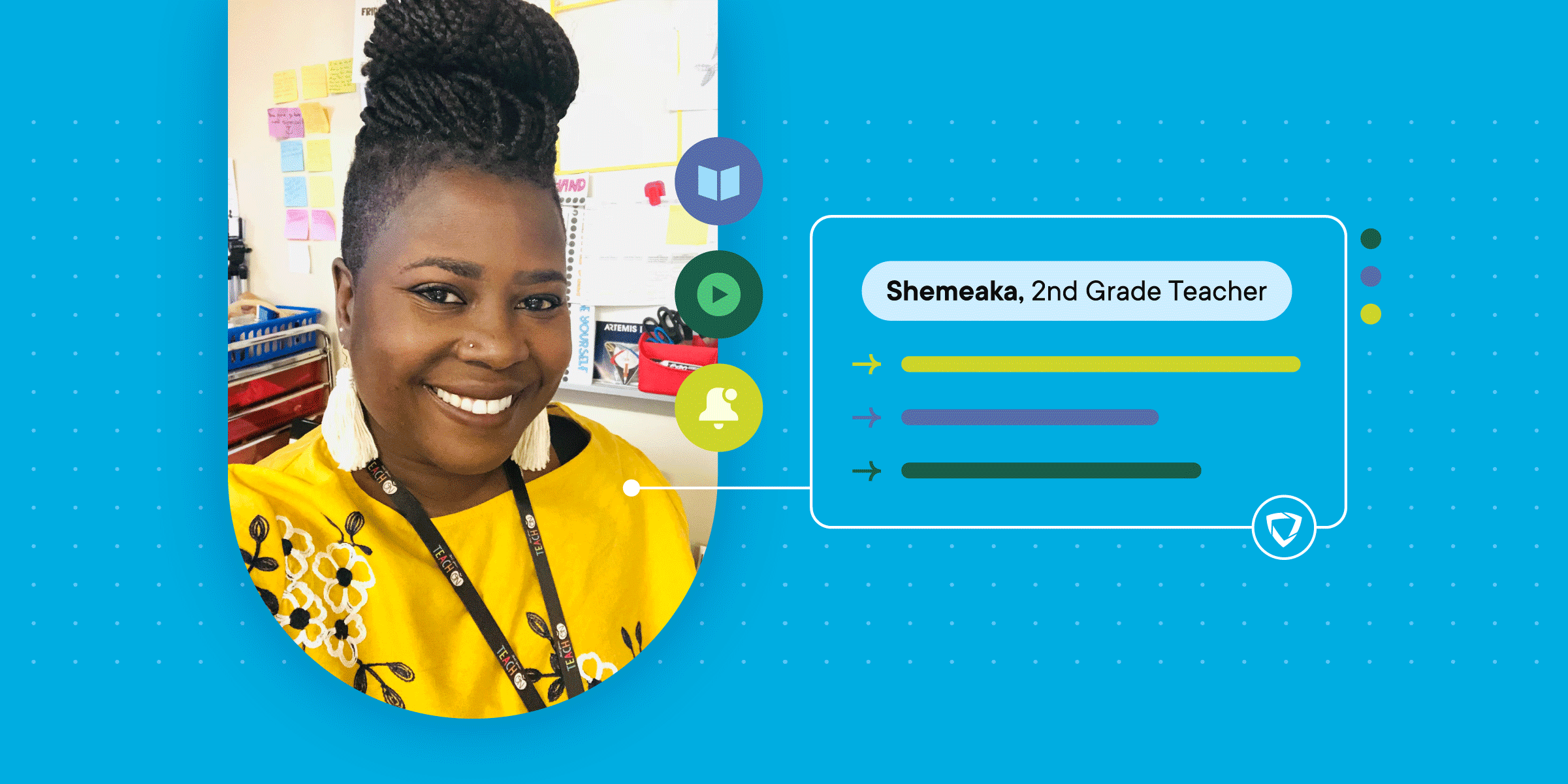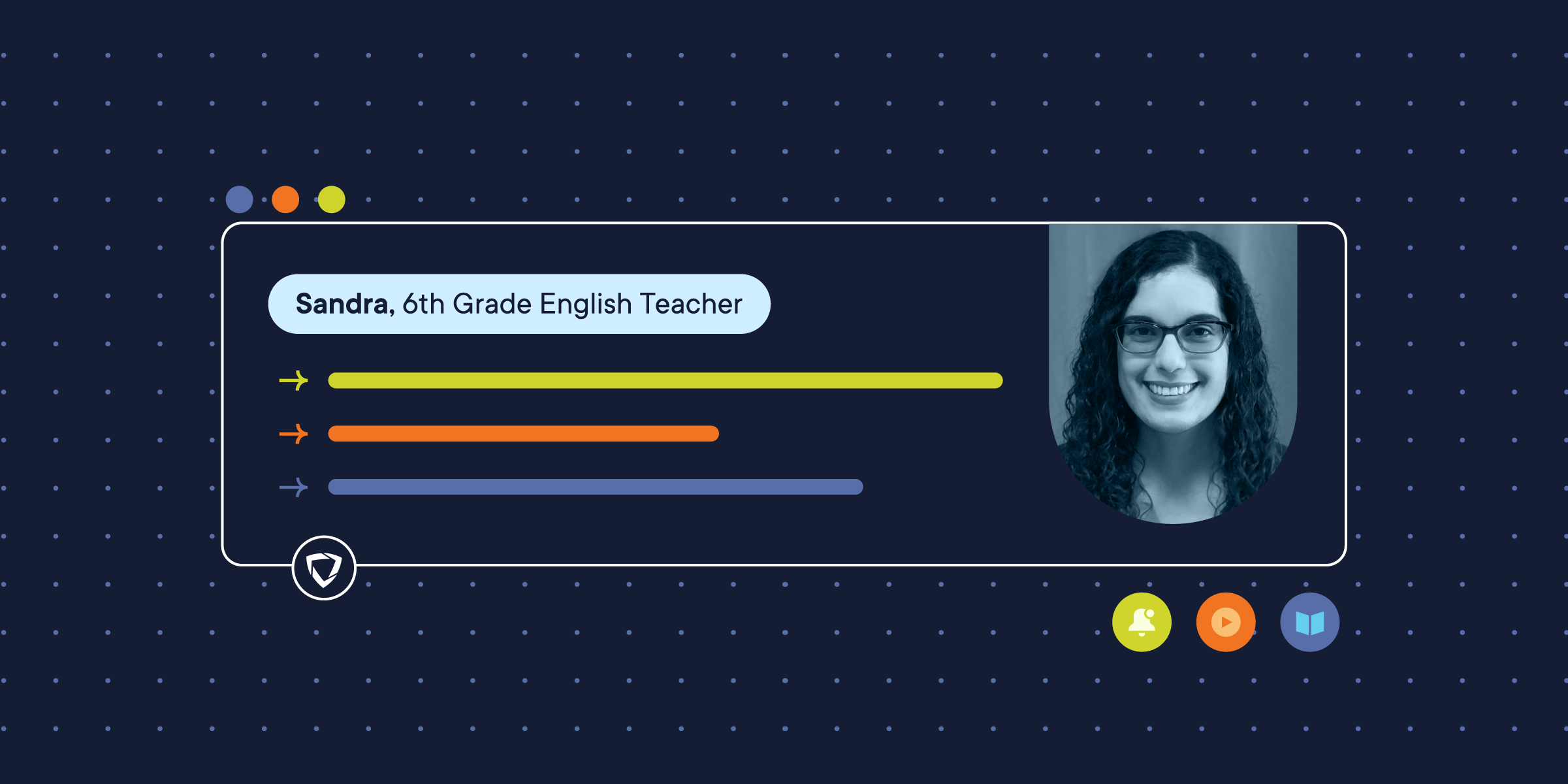
Teachers spend much of their time focused on engaging students in lessons, and through flexible seating successfully make students more comfortable in the classroom. There is new information to support children’s physical movement around the classroom, as this encourages blood flow and in turn keeps them focused and motivated. Long gone are the days when pupils are solely required to sit in assigned seating because it has been found that safe space seating is just as effective. Many educators support flexible seating for classrooms as long as students are sitting in an environment where they can feel comfortable and are not causing issues with students surrounding them.
What are the selling factors of flexible seating, and how do you make it work for you?
Flexible seating benefits have been so well received that many classrooms you walk into display nontraditional set ups, and it’s an easy change you can get behind. When you update your seating model, you might see children lying on the floor in one corner, standing to work at higher tables, or even sitting on exercise balls. Considering that most office patrons are utilizing exercise balls, it makes sense children are getting their fair share of exercise at school. Studies, like Effects of a Classroom-Based Program on Physical Activity and On-Task Behavior, show children need to get their blood pumping throughout the day, and giving them the ability to stand up, lay down, or hop on an exercise ball is highly effective. Flexible seating benefits are abundant and can result in the mental and physical improvement of many students.
Flexible seating benefits are profound, due to the fact that the classroom is reorganized to make it more student-centered. Children no longer enter into your classroom and feel like they are out of bounds or that they don’t have a specific space. You can poll your students to see what ways to divide up new areas of your classroom. Many children enjoy having nooks or other spots that are perfect for reading. Children can grab a book and head over to this cushy area and enjoy their stories, and these reading zones are one of the first demonstrations of flexible seating occurring for decades. Now, the sections your students sit in are not activity restrictive, but are created to allow your students to be as productive as possible. At the beginning of class your students will choose a place to work, and they can switch throughout the day as long as the moves are respectful and are not distracting to fellow pupils.
You may have been won over by the flexible seating benefits, but you’re wondering how you can implement them into your classroom without shocking your students?
This is a common question, and you’re not alone in wondering what the flexible seating aftermath will be! Many educators find they incorporate flexible seating after breaks, or by starting fresh on a Monday with a new educational unit. You want to time this transition like an unveiling so that your students will be excited about this change in their learning environment. You also want to have an instructional session to show children where they can sit, how to use the exercise balls, and any other rules that you want to give the sections. Flexible seating benefits are many, but you have to incorporate structure into space or the entire model will crash and burn. Remember, that your students need to feel comfortable in their space, or changing your classroom around will not be conducive to the learning environment. Many teachers write up flexible seating rules so that when they introduce these changes children will have a clear direction.
Are there any problems associated with flexible seating?
Not everything that glitters is gold, but flexible seating benefits far outweigh any disadvantages that you will face in the future, which makes this a fairly seamless transition. Rules are going to be your solution to any potential flexible seating disasters because as the leader of the class you can move anyone at any time. If you are having issues with particular students, you can direct them to the rules board and remind them of the structure of this new learning environment.
Flexible seating benefits can transform your classroom into a highly functional space where students feel supported and understood. This is an exciting change that any educator can implement in their space, and with the right foundation of rules flexible learning is something that can improve your learning environment. Go ahead and introduce these new changes into your seating atmosphere and see how flexible seating benefits can affect your classroom.
Do you think that flexible seating benefits can enhance your classroom, and do you feel you have a leg up over traditional seating?








